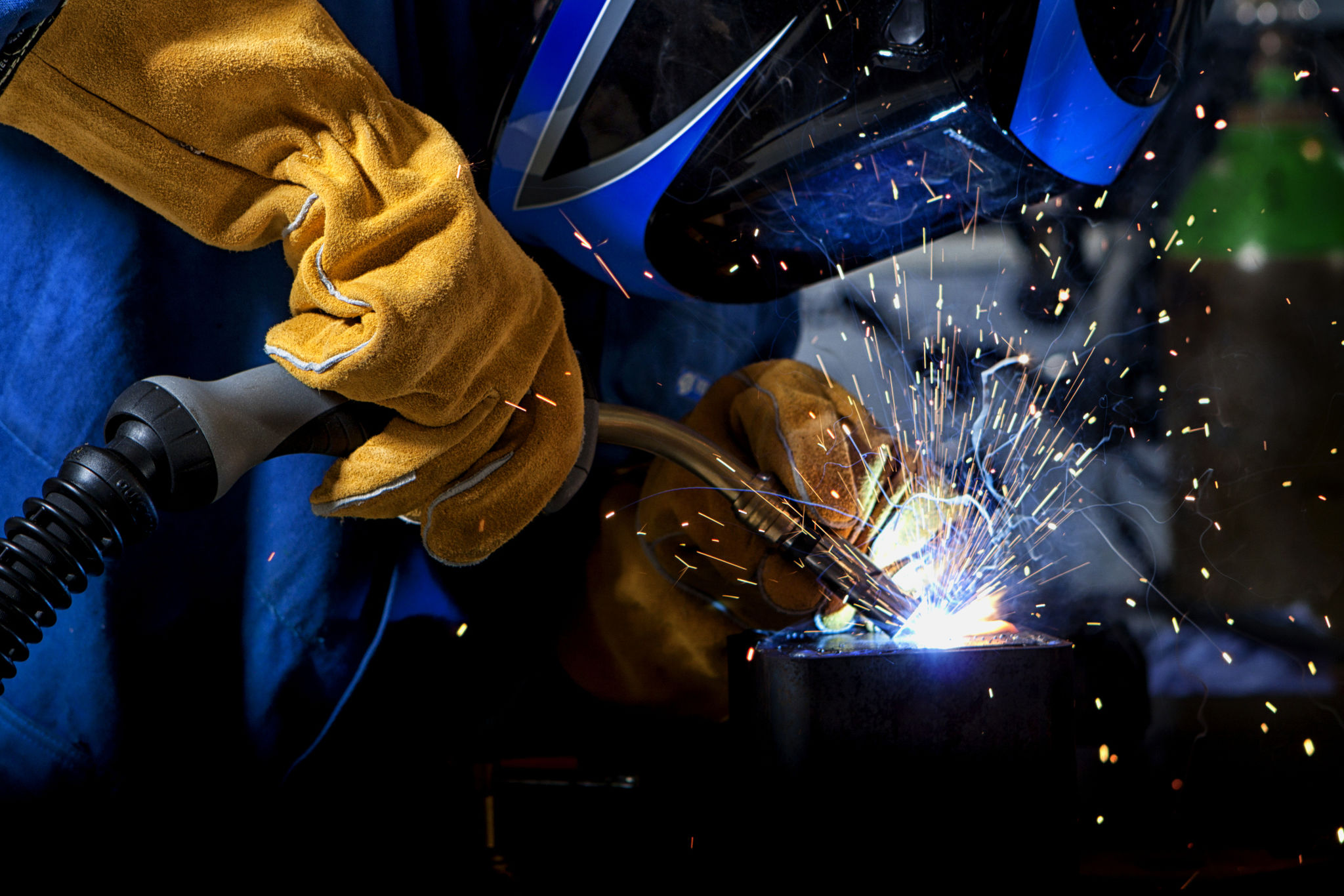Top Welding Trends Impacting California's Metal Fabrication Industry
Introduction to Welding Trends in California
California's metal fabrication industry is witnessing a transformative era, driven by innovative welding techniques and technologies. As the industry adapts to new demands and environmental considerations, understanding these trends is crucial for staying competitive.

Adoption of Advanced Welding Technologies
One of the most significant trends is the adoption of advanced welding technologies. These include laser welding, electron beam welding, and friction stir welding. These methods are not only faster but also offer greater precision, reducing waste and improving the overall quality of metal products.
Laser Welding
Laser welding, in particular, is gaining popularity due to its ability to join dissimilar metals and create intricate component designs. This technology is enabling California manufacturers to produce components for industries such as aerospace and automotive with high precision and minimal post-processing.

Increasing Focus on Sustainability
As environmental concerns take center stage, sustainability in welding practices has become a priority. California's metal fabrication industry is increasingly adopting eco-friendly processes to minimize its carbon footprint.
Recycled Materials and Energy Efficiency
The use of recycled materials in welding and fabrication is on the rise. Moreover, energy-efficient welding machines that consume less power are being developed to align with California's stringent environmental regulations.

The Rise of Automation and Robotics
Automation and robotics are revolutionizing the welding landscape in California. Automated systems not only increase efficiency but also enhance safety by reducing human exposure to hazardous environments.
Robotic Welding Systems
Robotic welding systems are becoming more sophisticated, offering improved precision and consistency. These systems are particularly beneficial for high-volume production runs, where speed and accuracy are paramount.

Skilled Workforce Development
The shift towards advanced technologies requires a skilled workforce capable of operating complex machinery. Training programs and partnerships between educational institutions and industry leaders are crucial in developing the next generation of welders.
Educational Initiatives
Educational initiatives are focusing on equipping workers with the skills needed for modern welding techniques. This includes hands-on training with the latest equipment and an emphasis on safety protocols.
Conclusion
The metal fabrication industry in California is at a pivotal point, shaped by cutting-edge technologies and a commitment to sustainability. By embracing these trends, businesses can enhance their competitiveness and contribute positively to the environment.
